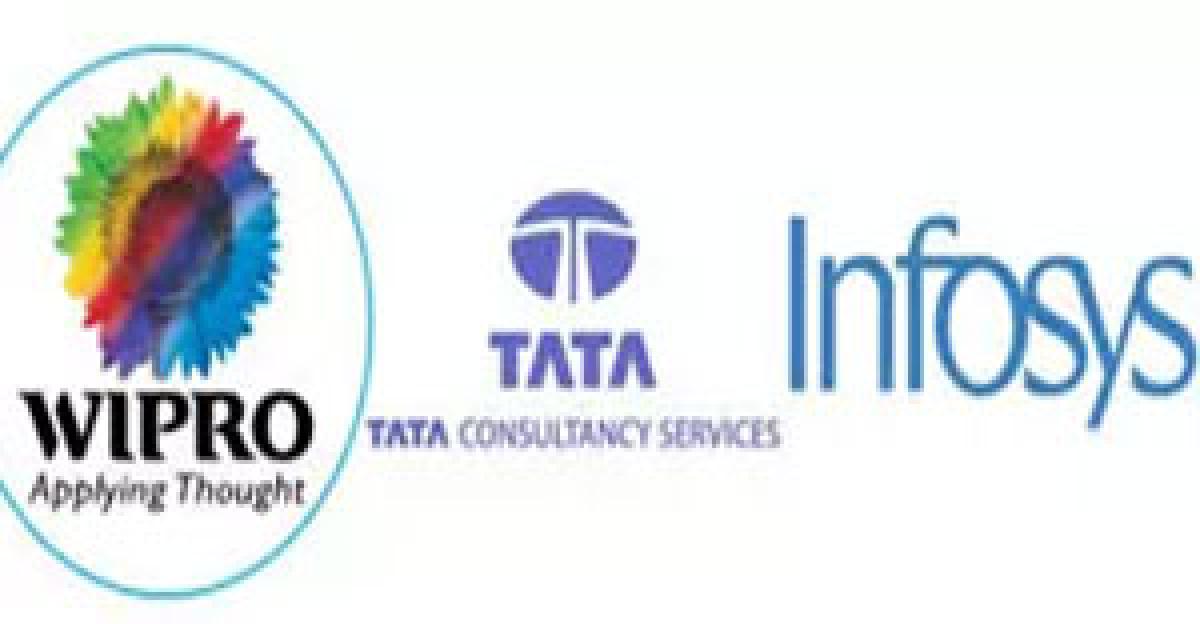Live
- Surge in construction of illegal farmhouses in Aravallis, Sohna Council issues notice
- Karnataka BJP Criticizes Siddaramaiah Over Wayanad Housing Project
- Lathi-charge on students in Hazaribagh kicks up political row; demand for CBI probe grows
- India’s growth to rebound to 7 pc in 2025-26: Report
- Union Minister Rammohan Naidu inaugurates Airport Predictive Operation Center in Hyderabad
- Delhi has decided to elect BJP CM, oust AAP govt: Harsh Malhotra
- Congress-led UDF winning streak continues in Kerala, ruling CPI-M-led Left suffers reversal
- The Key Players Behind IPL: Discover the Franchise Owners and Their Success Stories
- Harris and Gill join Sydney Thunders for WBBL 11
- PKL Season 11: Bengal Warriorz coach Surve aims for maximum points to secure playoff spot
Just In
Appraisal system in IT companies get a makeover: Know more


10 IT giants who changed their appraisal system
IT companies worldwide are ditching the traditional bell curve appraisal system. Companies are now looking at systems which involve a continuous feedback process throughout the year and get a holistic view of performance and potential of a candidate.
Tata Consultancy, India's largest IT services company, is the latest to abandon bell curve based performance appraisal and is moving to a system of continuous feedback.
TCS is looking at building more digital, collaborative tools to ensure that the continuous feedback process is easy to maintain. The company has over 3,53,000 employees
Infosys has put in place a new performance appraisal system called iCount for its 193,000-odd employees that seeks to reward individual performers on the basis of specific targets, ditching the bell curve model.
Accenture has shifted from an annual 'performance management' process to a new 'performance achievement' approach that includes real-time, forward-looking conversations about setting priorities, growing strengths and creating rewarding career opportunities.
The 'performance achievement' approach focuses on the achievements and talents of each employee. The company aims to get a holistic view of performance and potential.
Wipro is now implementing a new evaluation system where feedback will be more frequent and quarterly, as opposed to a one-time annual process.
Last year, it had an ambitious pilot exercise across the company where it ditched its traditional "bell-curve" appraisal system for a large majority of its 170,000-odd employees.
The trigger for this exercise was clear. Employees, mid-level executives and top managers needed to be more accountable for the company's performance.
Cisco also axed the bell curve model in November 2014. The company follows quarterly 'sync up' conversations between appraisers and appraises. The bell curve system also mandated open conversations, but they never actually happened. In a ranking system, employees would just be interested in knowing their rank. They would tune out to the rest.
This disinterest in feedback has always been a characteristic of the Indian workplace and bell curve appraisals have failed to address the problem.
IBM India added several new employee appraisal measures along with a new system called Checkpoint. As part of the new five-point scale Checkpoint appraisal system, employees will be subjected to four yearly reviews, replacing the previous system where they had to go through just one annual review.
Microsoft was among the first to do away with the bell curve model back in 2013. The bell curve has been held responsible for killing innovation and teamwork at Microsoft and fostering a bureaucratic, political culture that undercut its ability to compete. The main feature of Microsoft's new system is the stress it lays on continuous feedback.
The appraiser and appraisee are required to do at least four "connects" every year, where the discussion is around what was achieved in the past quarter, what is planned in the next quarter and what could have been done better.
HCL Technologies has partially got rid of the traditional bell curve model. The software services exporter is identifying departments where it can use a feedback-based performance appraisal system.
The objective is not to have mechanisms that force fit employees into performance categories.
Google’s Objectives and Key Results aka OKR system allows employees to set goals for themselves and come up quantifiable results. Then managers rate them a five-point scale. A peer review group is selected by the manager.
This group also include juniors. In the next stage, the managers meet and review all candidates. Also, the annual reviews are separate from pay discussions.
Adobe has scrapped the age-old practice of pitting against colleagues and according measured by the bosses once a year. Instead of feedback, Adobe has adopted a feed-forward process.
Not a borrowed practice, the roots can be traced to management guru Marshall Goldsmith's theory on how instant and real-time feedback can boost performance.
Source: Techgig.com

© 2024 Hyderabad Media House Limited/The Hans India. All rights reserved. Powered by hocalwire.com






